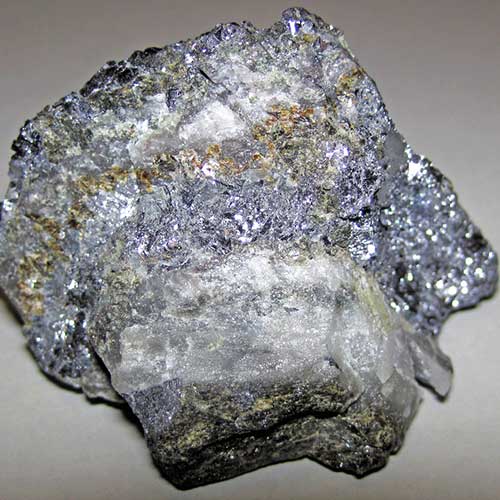Home » R&D Projects » Production of zinc oxide from furnace waste
Production of zinc oxide from furnace waste
The production of zinc oxide from furnace waste, a byproduct generated during the smelting and refining of zinc, is an important recycling and recovery process in the zinc industry. Furnace waste, which typically contains significant amounts of zinc, often in the form of zinc oxide or zinc ferrite, can be effectively processed to extract and purify the zinc oxide for use in a variety of applications. The recovery process typically involves a series of chemical and thermal treatments, starting with the leaching of the furnace waste using an acidic or alkaline solution to dissolve the zinc-bearing compounds. The resulting zinc-rich solution is then subjected to further purification steps, such as solvent extraction or ion exchange, to remove impurities and concentrate the zinc. Finally, the purified zinc solution is treated with an alkaline reagent, such as sodium hydroxide or calcium hydroxide, to precipitate the zinc oxide, which is then separated, dried, and processed into a high-quality zinc oxide product. This recycling of furnace waste not only reduces the amount of material sent to landfills or disposal sites but also provides a cost-effective and sustainable source of zinc oxide, which is widely used in the production of rubber, ceramics, pigments, and various other industrial and consumer products. The recovery of zinc oxide from furnace waste is an important aspect of the zinc industry’s efforts to promote a circular economy and minimize the environmental impact of its operations.
